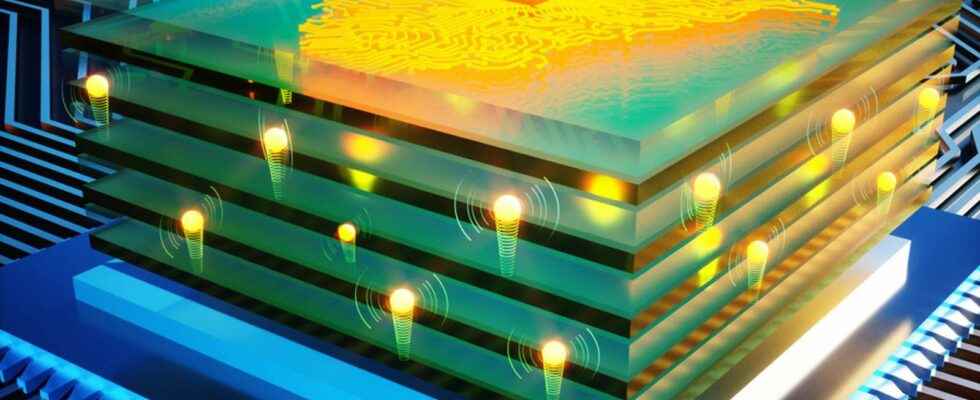By using a material similar to that found in desiccant sachets, MIT has succeeded in designing a powerful analog processor. Dedicated to deep learningits synapses would be a million times faster than those of the human brain.
You will also be interested
[EN VIDÉO] Deep learning and machine learning: what’s the difference? Deep learning and machine learning both use artificial intelligence.
Continuously improving artificial intelligence requires more and more processing power and constantly increases the footprint carbon. To reduce resources while increasing performance, in the United States, the MIT (Massachusetts Institute of Technology) put on the deep learning analog. The university’s laboratories claim to have developed synapses analogue that would be a million times faster than those of our brain human, for less consumption.
How ? Thanks to so-called analog processors. Analog processors work with resistors, which represent the equivalent of transistors for digital processors. To save time, while consuming lessenergythe data is treated directly in memory and not transferred to a processor. In addition, all the calculations are done in parallel.
A resistant and highly conductive material
In the case of the MIT experiments, these were programmable proton resistors. the material used for the resistor is inorganic phosphosilicate glass (PSG). This is the equivalent of what is found in the small desiccant (desiccant) sachets found in the packaging of certain products.
It is associated with phosphorus to silicon which allows it to ensure the conduction of protons. With this material, the speed calculation time was of the order of a nanosecond. PSG is capable of withstanding enormous tensions without breaking, this allows the protons to move quickly while consuming little energy. In the end, for the lab, with this process it is not a question of going from a cart to a racing car, but directly to a spacecraft. This experimentation should allow analog processors dedicated to deep learning to take a giant step.
Interested in what you just read?
